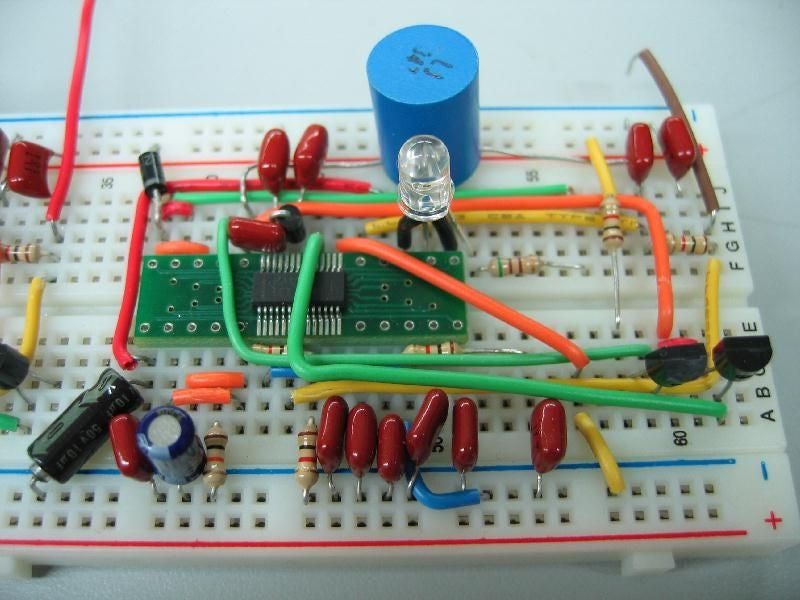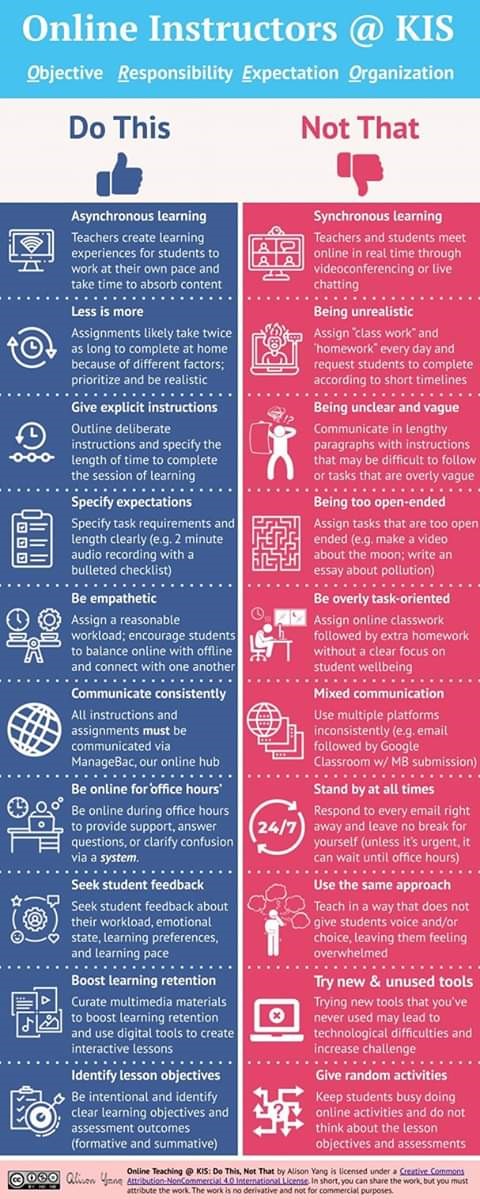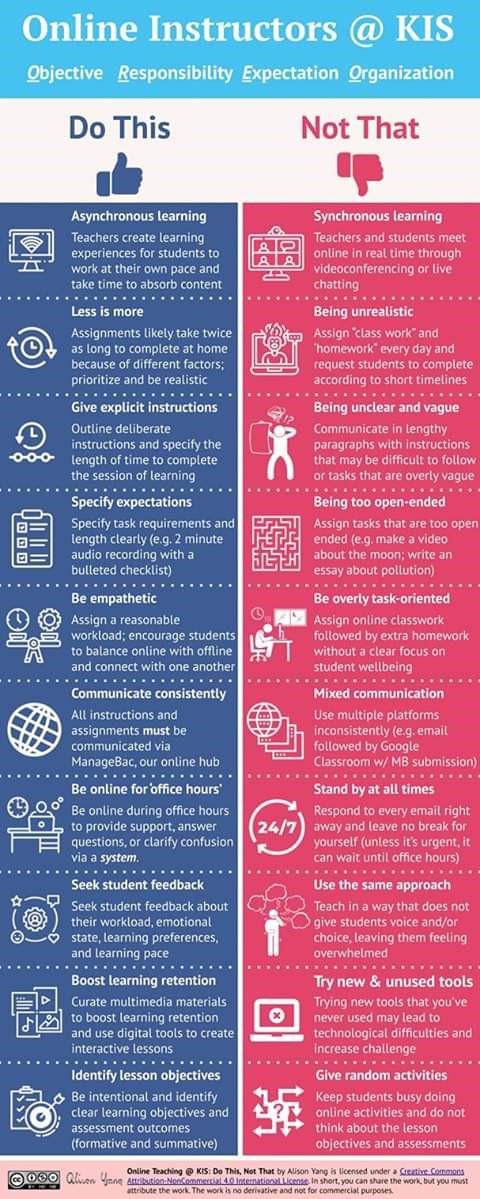Let’s be brave. Let’s talk about race.
I’ll begin by showing my hand. I am white, male, middle-aged, protestant, heterosexual and read history at Oxford University. I have the exact same profile as many of the people who led us to this moment in time. It is now past the time for a paradigm shift in race relations, and education is how we will do this.
I am also married to an Asian muslim (who spent her early childood in a war zone and her teenage years as a refugee). We will let our daughters decide which, if any, religion to follow. I’m a board member of the charity Remembering Srebrenica Scotland and our aim is to tackle prejudice and intolerance in society. I’ve been a teacher for close to two decades and am currently a school leader. I hope, if you are profiling me now, it looks a little different.
The fires of protest are burning brightly just now; there is no doubt that millions of people are angry. I hope this cycle will be broken; that action will follow this tragedy which will change direction and give hope. If schools are going to be in the vanguard of this change, we need to take positive steps. Here are some thoughts on how to do this.
Step 1: Reinvent Protest
I subscribe to the view that teaching is a subversive activity. I am idealistic, but not ideological, and it is vital to teach pupils how to think for themselves without teaching them what to think. This is a fine line and I know I get it wrong when I teach topics like slavery – I don’t want pupils to think it is ok. I am happy with the dissonance in my head on this. I do want pupils to be active, or even activists, in shaping their world. I have adapted Edmund Burke’s maxim that all it takes for evil to prosper is for good people to do nothing (I dropped the gender specific part of that quotation). I totally support the right to protest, but in the midst of a pandemic I am concerned that the people who will pay a price are the NHS frontline staff, and the BAME community who suffer disproportionately from COVID. Can we reinvent ways to protest?
Step 2: Recruitment
I heard Prof Rowena Arshad speak several times this year on race, at researchED, at the Into Headship conference, and at EduMod. Her work on research in race in Scottish education is groundbreaking. There is definitely a perception gap around appointment and promotion in education between white and non-white. Why is this? Having an equal opportunities policy does not mean ‘job done’. What are your stats about numbers of non-white applications, appointments and promotions? I’m going to go out on a limb and say that most employers don’t track this. At the Into Headship conference I was in a room with about 300 fellow trainee headteachers, and it was a very white room. The most important thing for career progression is to have someone who is a mentor/sponsor. Hashi Mohammed has written brilliantly about this, so what can we do to put this kind of support in place?
Step 3: Tackle Micro-Aggression
The overt, blatant aggression that exists on the far right is a huge problem, but the micro-aggressions that exist everywhere are just as challenging and we can do something about them. An example is not calling on a child in the class because you don’t know how to pronounce their name. Learn their name: it is vital to showing them respect. Again Rowena Arshad is very good on this. Talk about race with colleagues and pupils to find out what micro-aggressions they face on a daily basis. Most of them come from subconscious behaviour. What can be done to eradicate them?
Step 4: Professional Learning
Most teachers are scared to talk about race because they are not confident enough to do so. They fear saying something wrong, something that will get them in trouble. All teachers need to be able to talk about race. What professional learning have you done to enhance your confidence and understanding on this? There is no shortage of organisations willing to help and support. Connect Futures is a good starting place, and I’ve already mentioned Remembering Srebrenica which has organisations in all UK countries. At EduMod at the Fringe (an event that I run with Louise Hunter of Summerhouse Media) we had a session with members of the Scottish Youth Parliament, one of whom challenged her headteacher on the school’s LGBTQ+ track record. The solution? She gave a talk at INSET to her teachers on how to speak to gay pupils like herself. Impressive.
Step 5: Decolonizing the Curriculum
Last summer Pran Patel gave a TED talk on this subject, and he spoke at EduMod. We need, at both a national level and school level, to ask searching questions about the curriculum. In each area of the curriculum, what proportion of key individuals being taught about are non-white? Are the examples of artists, authors, leaders, scientists and musicians representative of the whole world? Is the southern hemisphere just as prominent as the northern?
On the back of this, what are you going to do about it? Something? Nothing? Why? How can you create the conditions for curriculum reform that will challenge the structural racism that exists in society? The curriculum is perhaps the most powerful weapon that we have to change society. Recalibrate it for this purpose.
Step 6: Be A Voice
This blog by Daniel Stone makes a brilliant point to white people:
“Be our voice when we’re not there: Structural inequalities and underrepresentation mean that often minorities are not in the room when discriminatory decisions have been taken. We need individuals and allies who are able to stand for justice in whatever sphere of life they find themselves in. People who are able to use their platforms and positions of influence to ensure justice for those who can’t be seen, who can’t speak and who can’t breathe.”
Please put that into practice.
Step 7: Read, Think, Act
My thanks to Connect Futures for this reading list. Order these titles and more and get them up in a display in your school library. Have conversations around them. It’s ok to disagree. The only thing that’s not ok is staying silent.
- Black and British: A Forgotten History. David Olusoga
- Back to black: Black radicalism for the 21st century. Kehinde Andrews
- People like Us. Hashi Mohamed
- Me and White Supremacy: How to Recognise Your Privilege, Combat Racism and Change the World. Layla F Saad
- Brit(ish): On Race, Identity and Belonging. Afua Hirsch
- The Good Immigrant. Nikesh Shukla
- Why I’m No Longer Talking to White People About Race. Reni Eddo-Lodge
- I am not your baby mother. Candice Braithwaite
- So You Want to Talk About Race. Ijeoma Oluo
- White Privilege: Unpacking the Invisible Knapsack. Peggy McIntosh
- Natives, Race & Class in the Ruins of Empire, Akala
- A tale of three cities: Public officials and senior representation in the NHS, University, Police and Local Authority. Zubeda Limbada
- Decolonise the curriculum. The Teacherist
- Wellness for All: Anti-racism in the early years
- Hostile Environment. Maya Goodfellow
And finally…
I titled this blog a provocation, because I want to provoke thought, discussion and action. What you do matters. This is the slogan of the United States Holocaust Memorial Museum and I use it frequently in talks and lessons. I absolutely believe it is true. What you do to make things better matters. What you fail to do is critical. There are no more excuses.





 Remember to check in via Teams or Glow this week.
Remember to check in via Teams or Glow this week.





